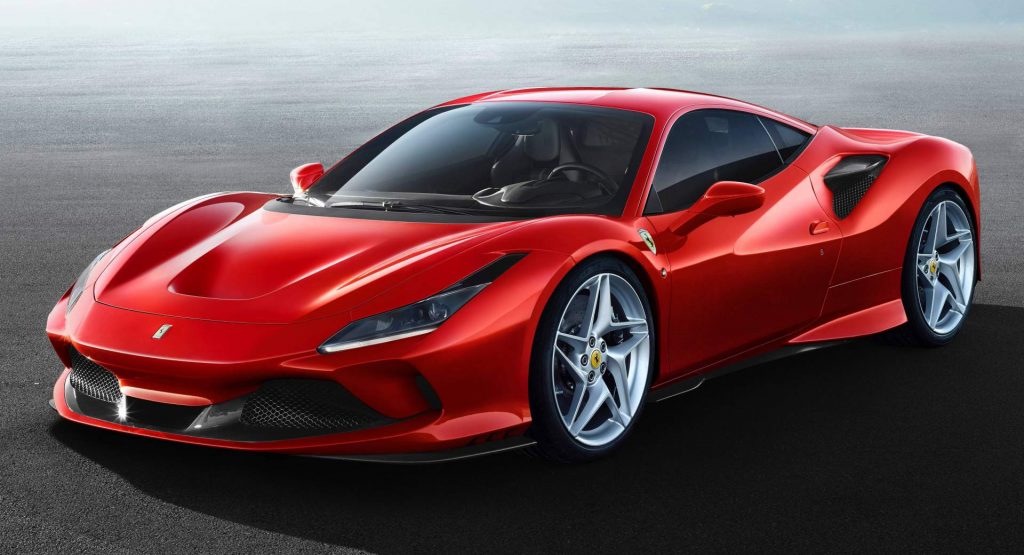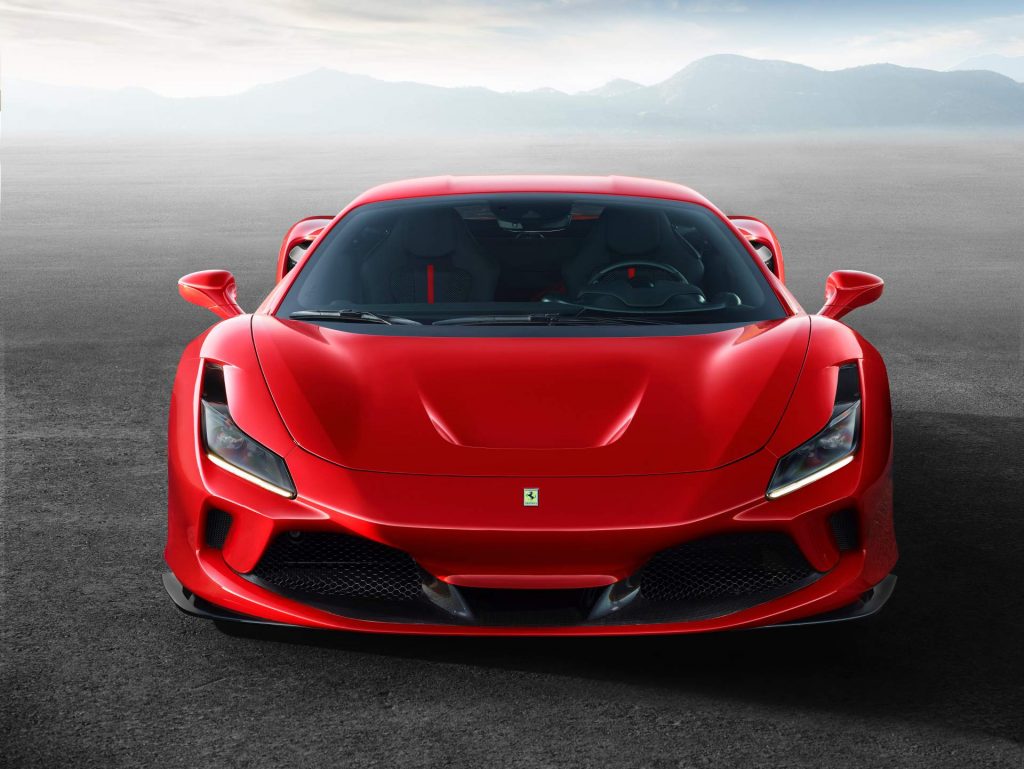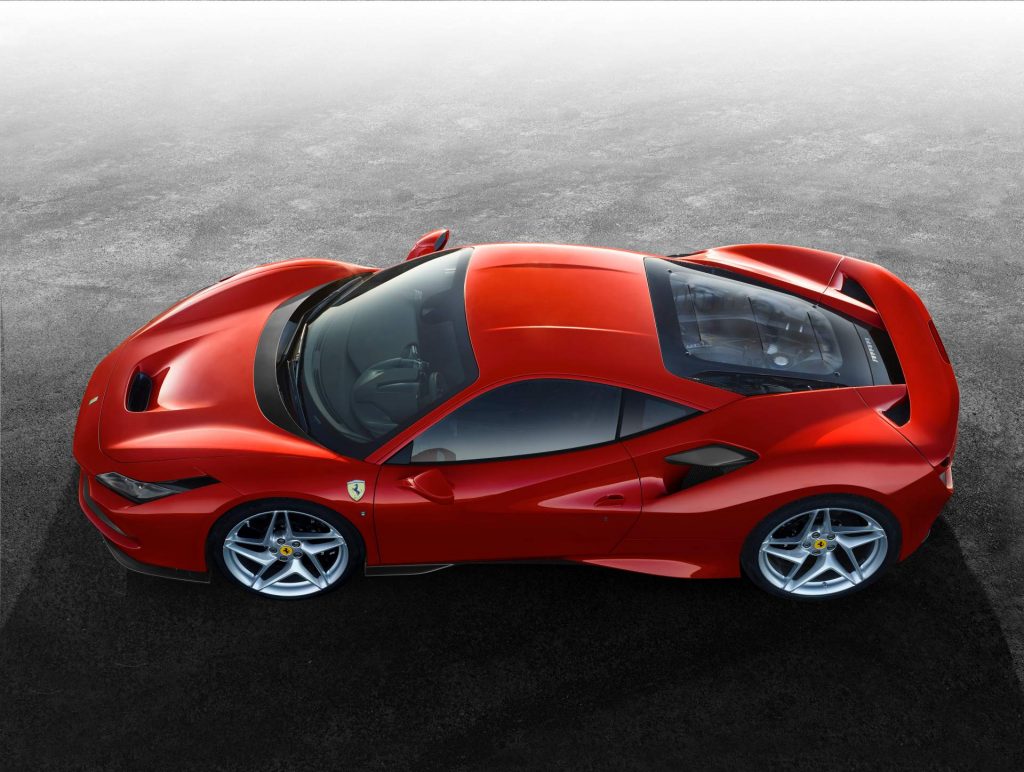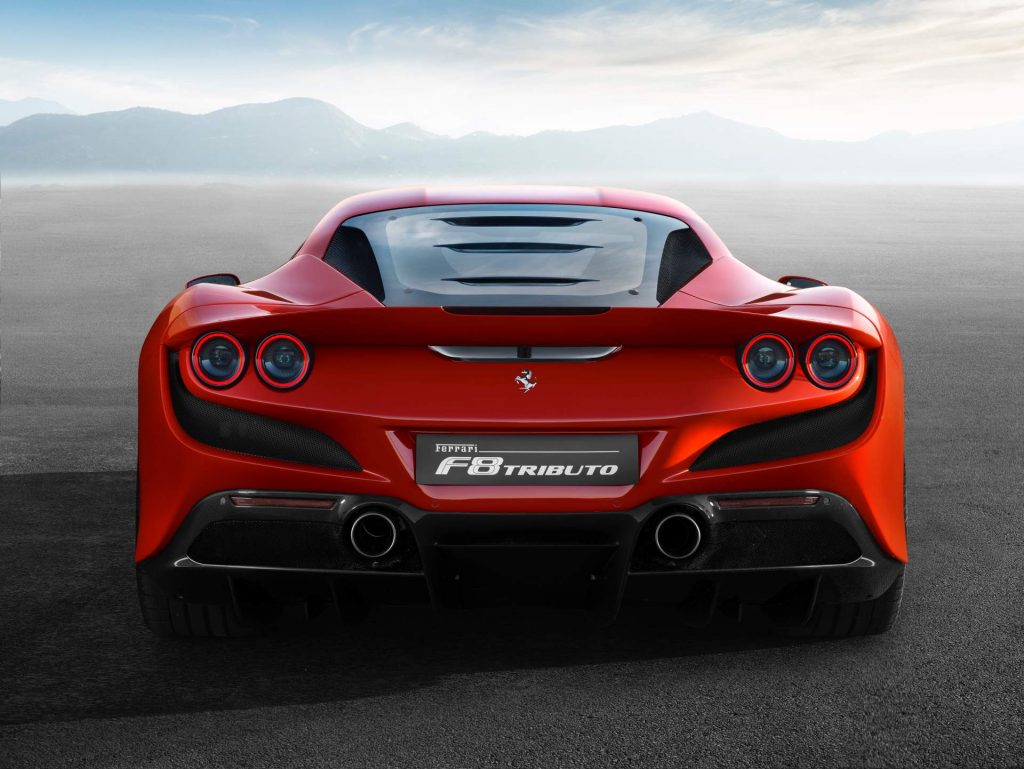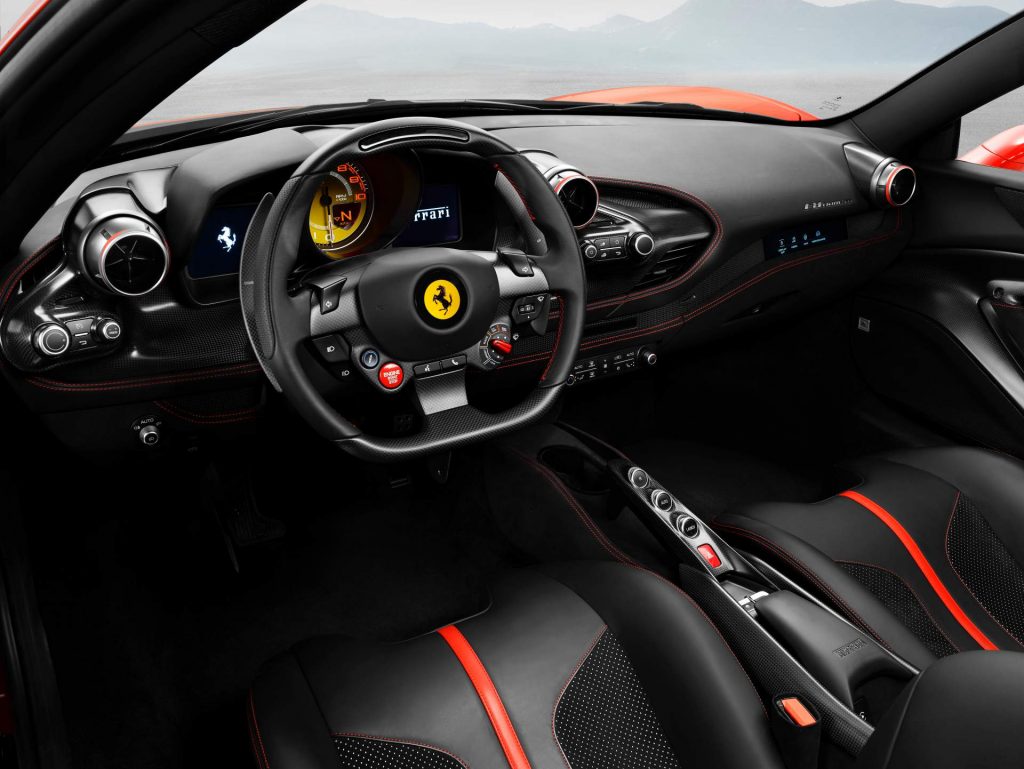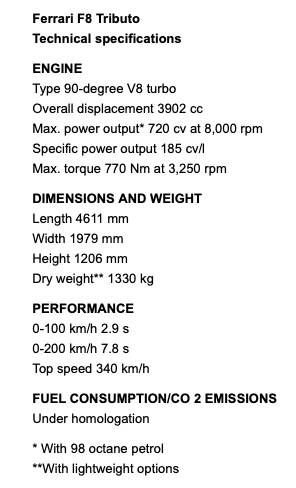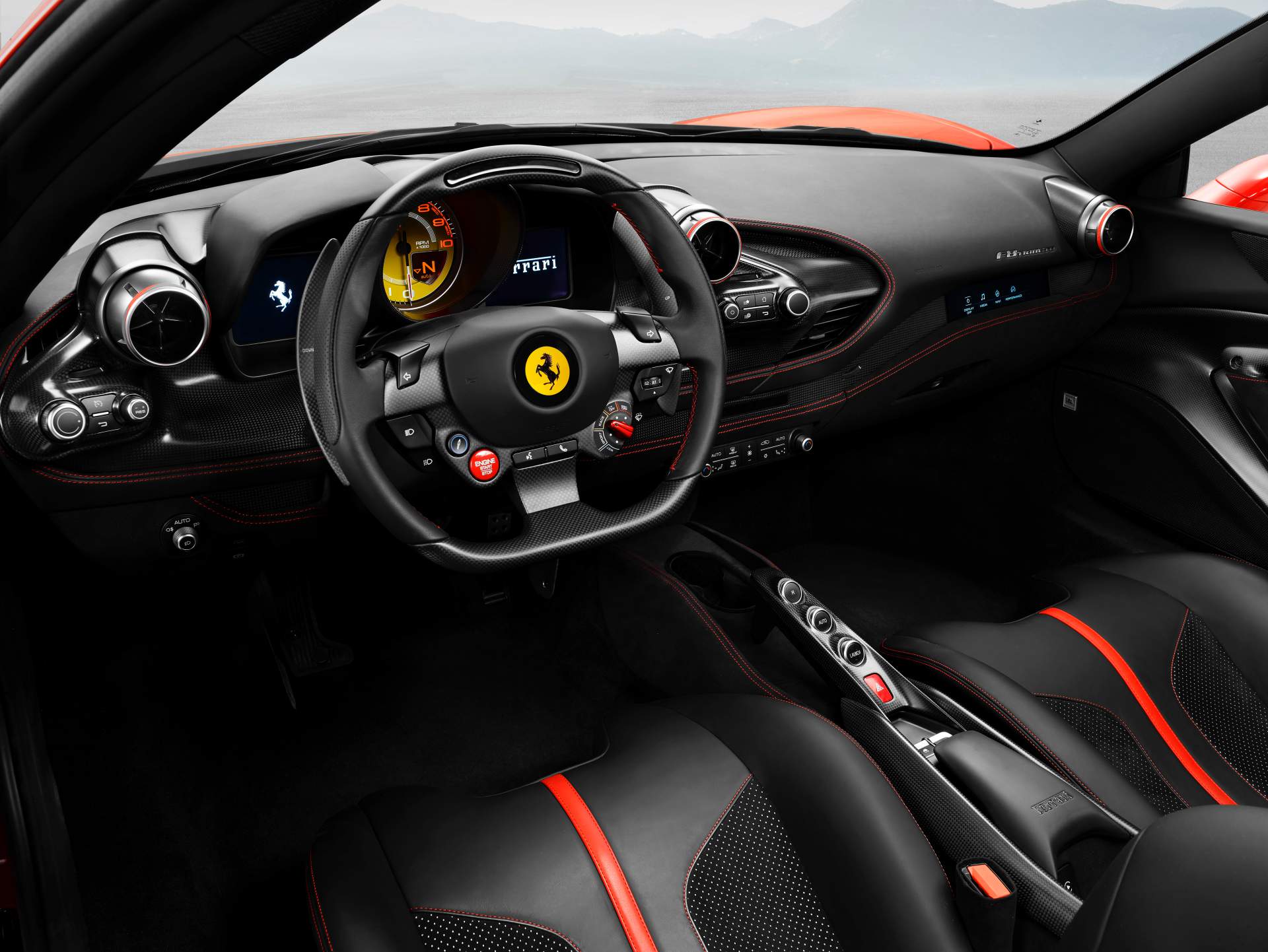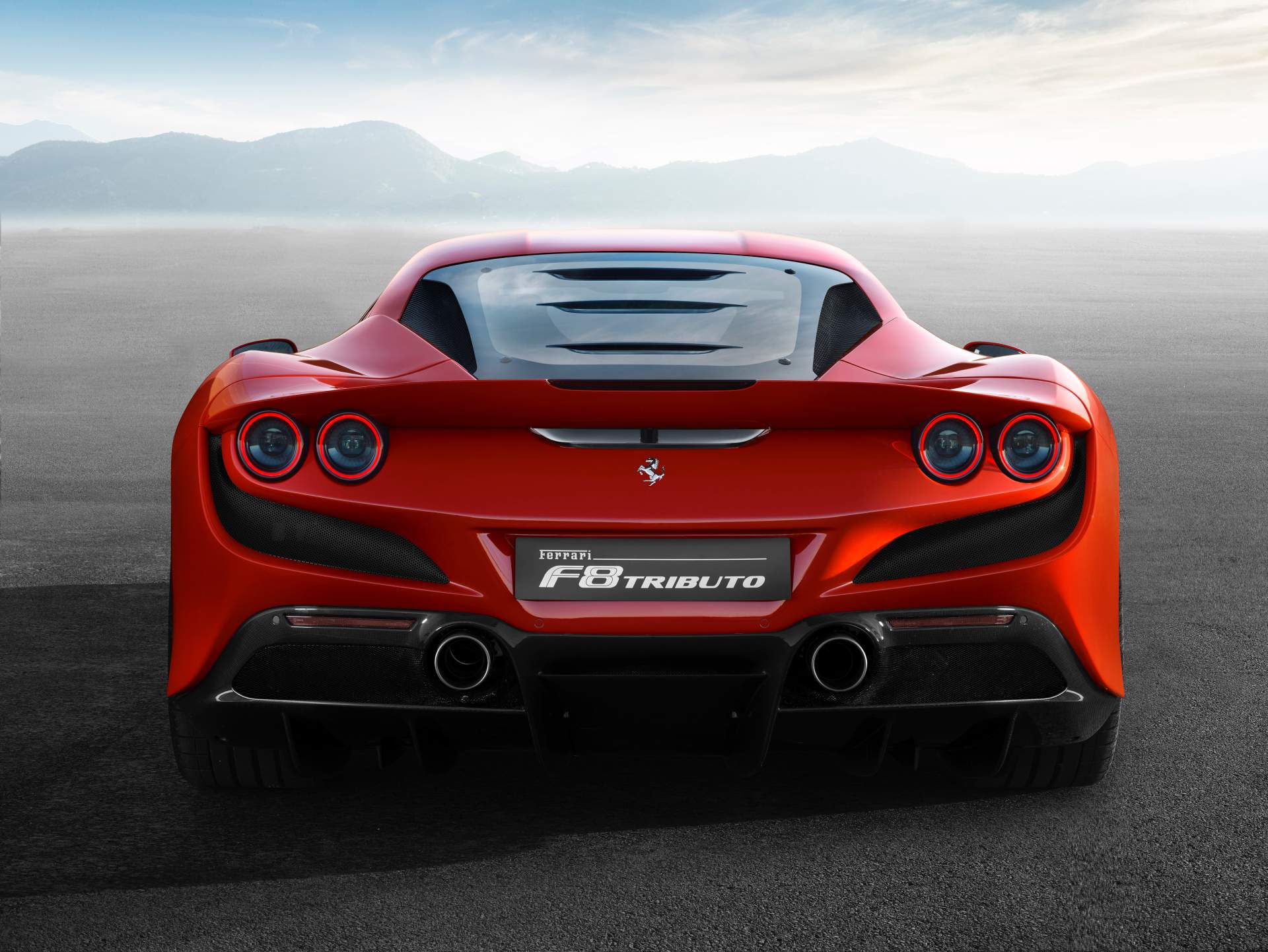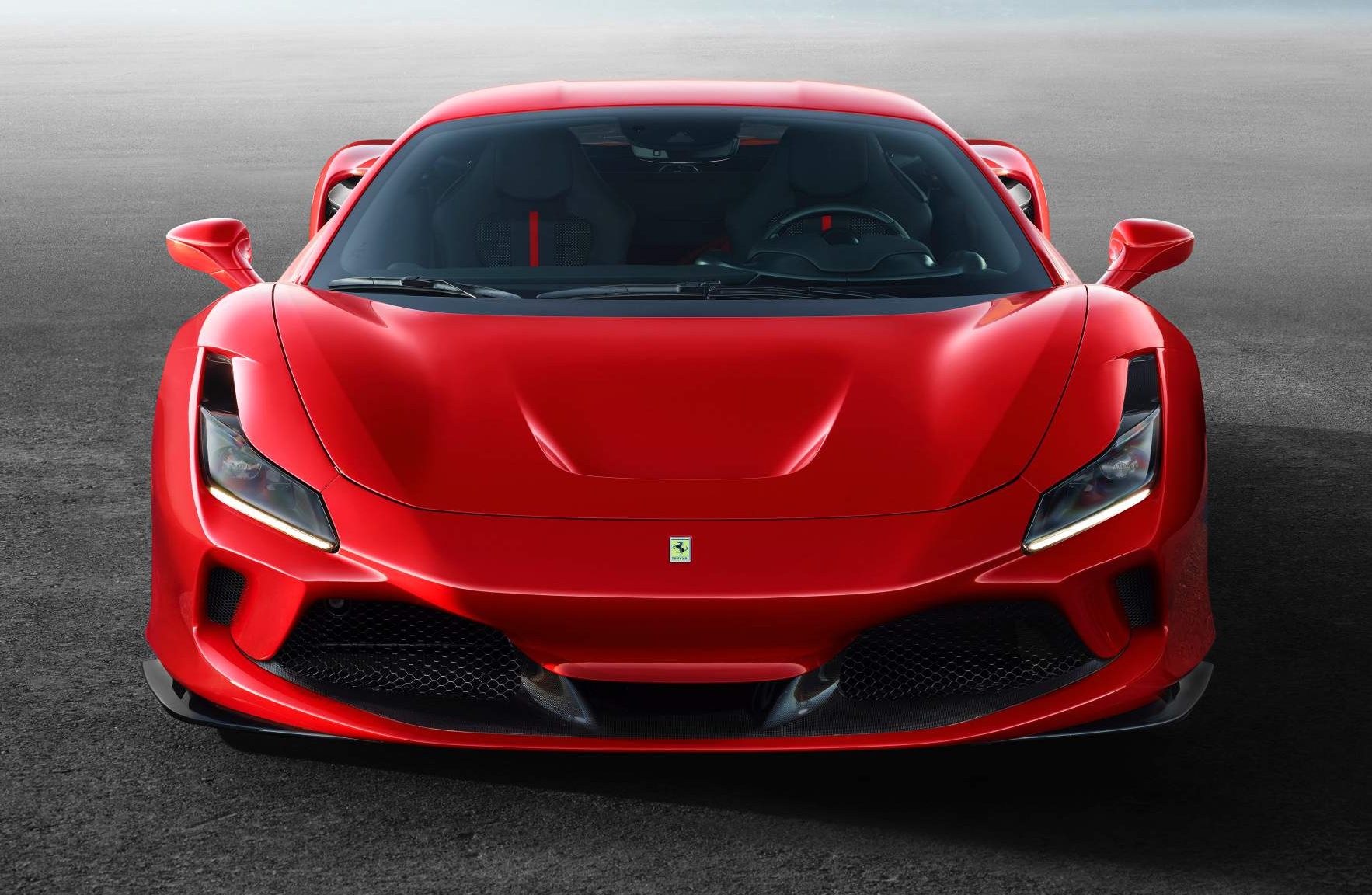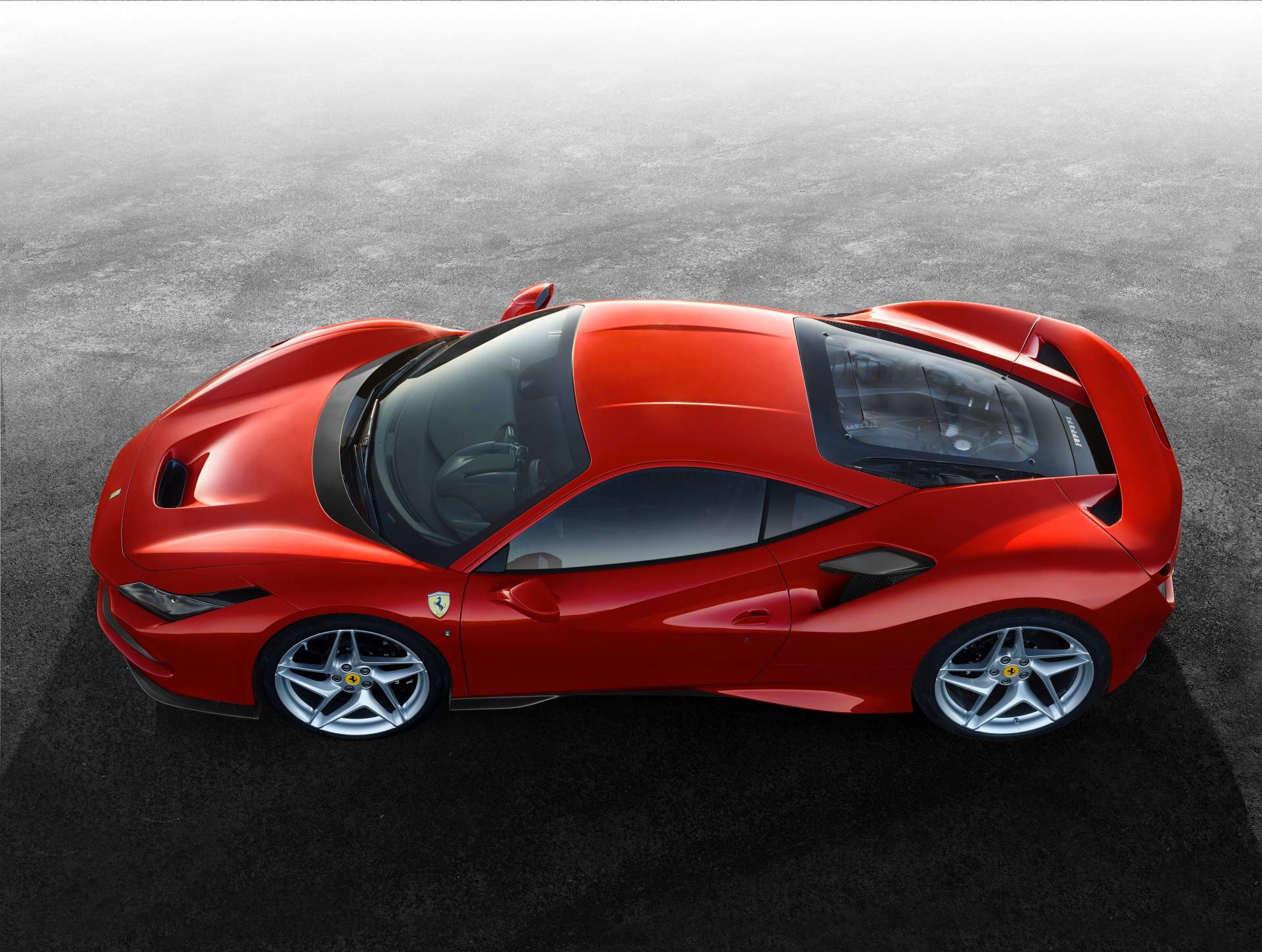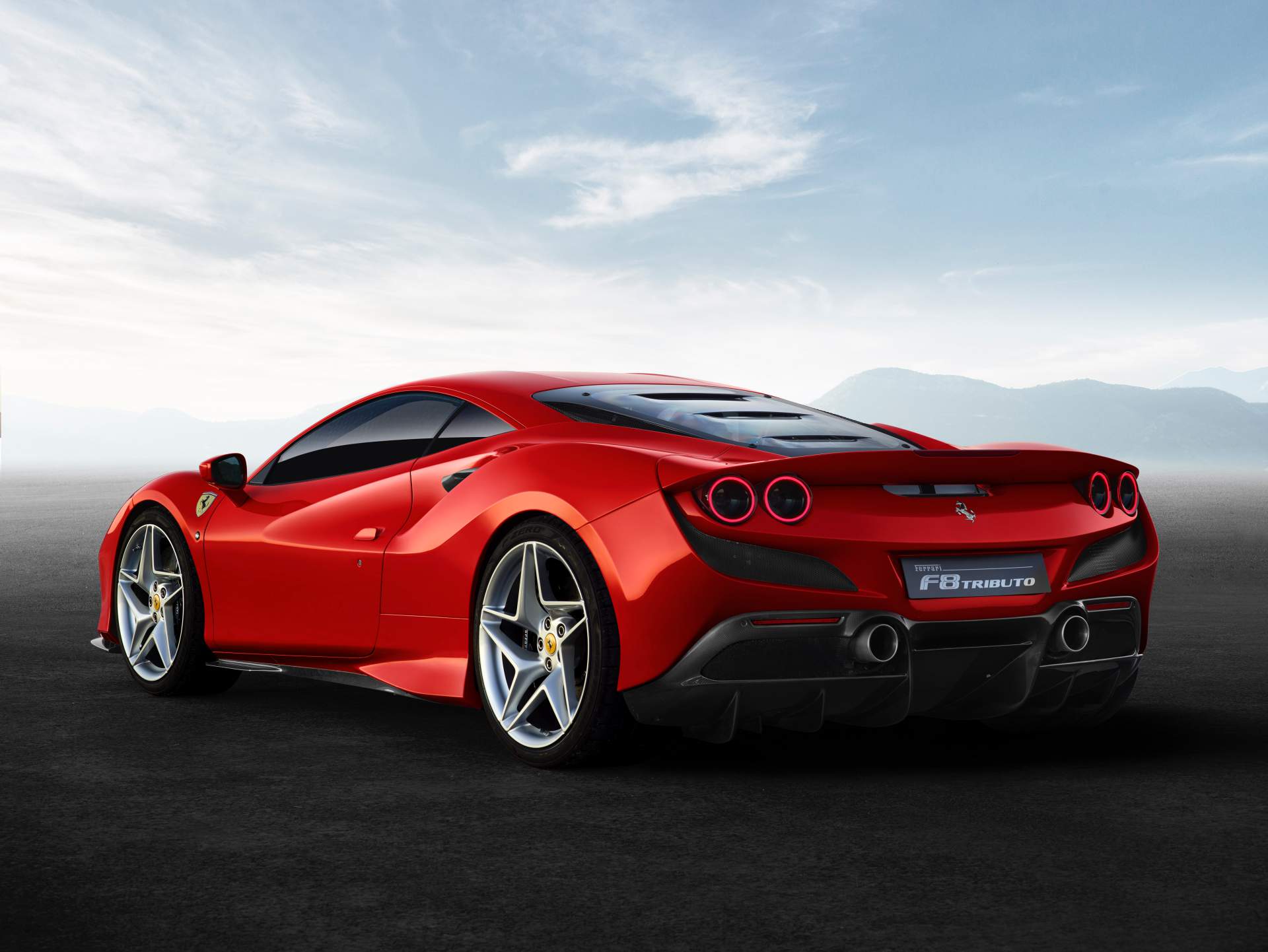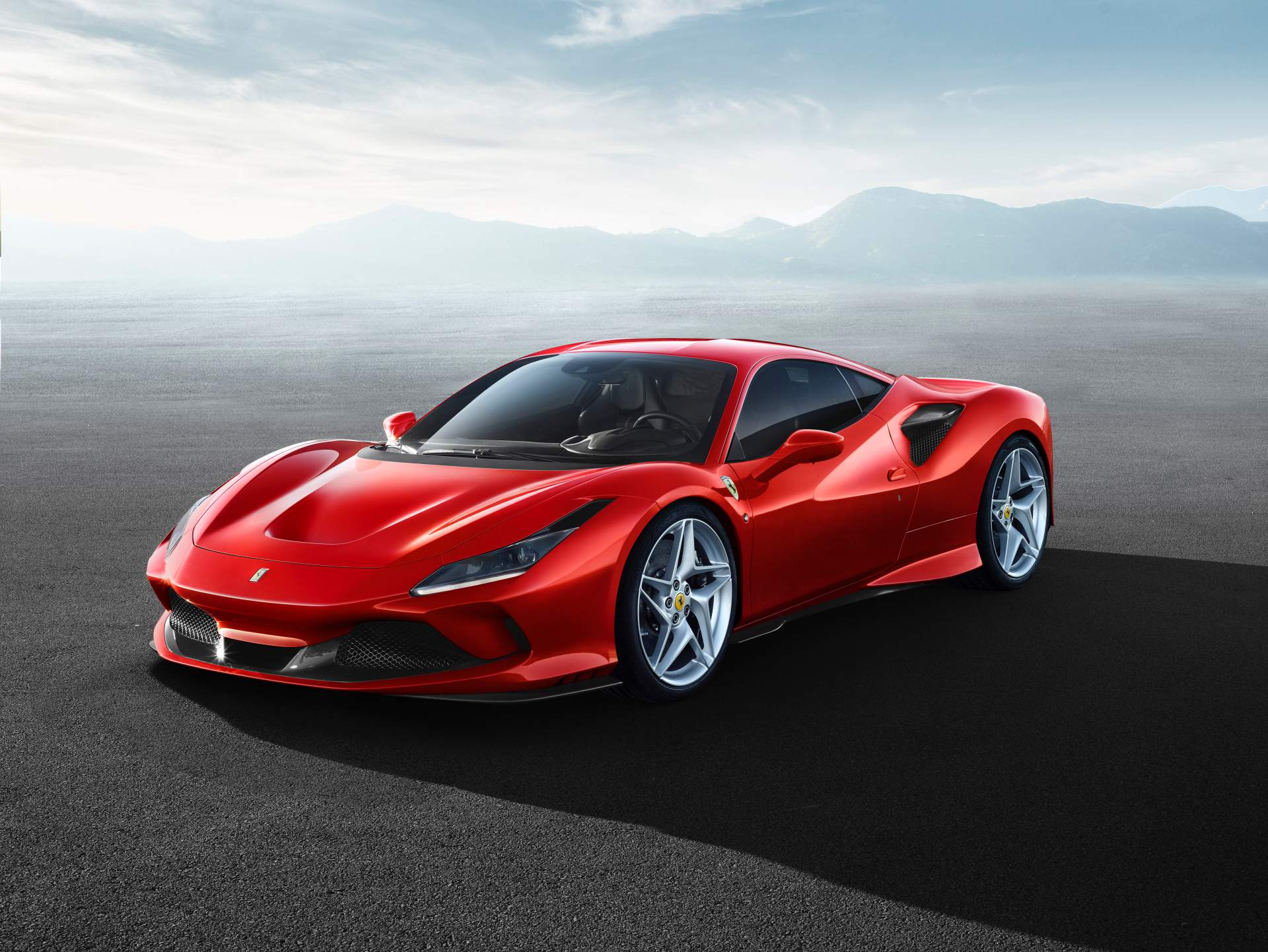As promised, Ferrari has just released the first details about its world debut for the Geneva Motor Show. And its name is the F8 Tributo.
It’s a really important one, too, as it replaces the 488 GTB. The latest in a long line of two-seater berlinettas pays homage both to the engine that powers it as well as the recipe that has been so successful over the years. While the F8 Tributo is the 488 GTB‘s successor, it carries on with the 3.9-liter twin-turbo V8 engine.
However, the powertrain sees significant improvements. It now produces 720 PS (710 hp) at 8,000 rpm and 770 Nm (568 lb-ft) of torque from 3,250 rpm, an increase of 50 PS and 10 Nm (7 lb-ft) compared to its predecessor. And while Ferrari doesn’t explicitly say it, the fact that it has the exact same specs as the 488 Pista hints that it could very well be the same engine. The only difference is the peak torque of 770 Nm comes slightly earlier in the 488 Pista, at 3,000 rpm.
Performance figures almost identical to the 488 Pista
What this means is the F8 Tributo delivers breathtaking performance. It catapults from 0 to 100 km/h (62 mph) in 2.9 seconds and from 0 to 200 km/h (124 mph) in 7.8 seconds, while top speed is 340 km/h (211 mph). These numbers make it only marginally slower than the 488 Pista, which does 0-100 km/h in 2.85 seconds, 0-200 km/h in 7.6 seconds, and tops 340 km/h.
That’s because the F8 Tributo is slightly heavier: it has a dry weight of 1,330 kg (2,932 lbs) whereas the 488 Pista is 50 kg (110 lbs) lighter. Ferrari doesn’t say anything about the transmission but it’s safe to assume it’s the same seven-speed dual-clutch gearbox used by the 488 Pista.
Besides the increase in performance and the lighter weight compared to the 488 GTB (minus 40 kg/88 lbs), the F8 Tributo promises “better control on the limit along with greater onboard comfort” compared to its predecessor.
It sources much more than just the engine from the 488 Pista
That’s partly due to a 10 percent improvement in aerodynamic efficiency, along with a new version of the Ferrari Dynamic Enhancer (FDE+) which can be activated in the Manettino’s RACE position for the first time. Furthermore, the F8 Tributo packs the latest version of the Side Slip Angle Control, now in 6.1 guise, as well as a smaller diameter steering wheel rim to improve control.
As with the 488 Pista, the F8 Tributo’s aero package is directly evolved from the track. The car adopts several features from the track-focused supercar, including the rearward-angled front radiators and the dynamic engine air intakes positioned on either side of the spoiler instead of on the rear flanks.
Styling-wise, the F8 Tributo’s proportions betray the fact that it’s not quite an all-new model. Ferrari doesn’t say it, but the F8 Tributo is obviously a comprehensive facelift of the 488 GTB rather than an all-new model. Sure, it does feature a new aero kit, new headlights, and taillights but it uses the same platform.
Ferrari describes the F8 Tributo as “a bridge to a new design language”
Ferrari says the F8 Tributo “is essentially a bridge to a new design language,” indirectly acknowledging that it’s not an all-new design. Just like the 488 Pista, the new car features an S-Duct at the front. Redesigned to suit the F8 Tributo, the Formula 1-inspired S-Duct alone increases downforce by 15 percent compared to the 488 GTB.
The more compact, horizontal LED headlights allowed new brake cooling intakes to be inserted above them, with the result being improved airflow throughout the wheel arch. At the rear, the F8 Tributo’s Lexan rear screen features louvers that are an homage to the legendary F40.
Besides their symbolism, they help extract hot air from the engine compartment without affecting the efficiency of the evolved blown spoiler which wraps around the taillights. Speaking of the taillights, they mark the return to the classic twin light cluster and body-colored tail.
The cabin is further proof that the F8 Tributo is an evolution of the 488 GTB. It features the same driver-oriented layout, although Ferrari stresses that every element of the dash, door panels, and center tunnel has been completely redesigned. Highlights include a new HMI (Human Machine Interface), new multifunction steering wheel, round air vents, and a 7-inch passenger touchscreen display.



